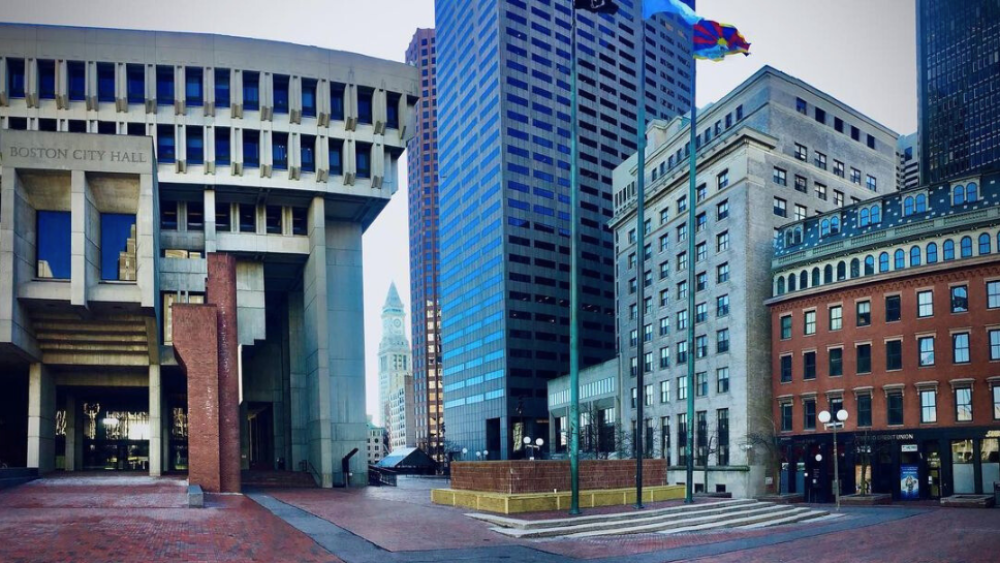Mayor Wu officially filed the 2024 fiscal year operating budget proposal with Boston City Council yesterday.
There’s a total of $4.28 billion proposed for the period from July 1, 2023-June 30, 2024, marking a ~7% increase from the previous fiscal year’s budget of $3.99 billion.
Here’s a quick breakdown of the spending plans.
Investing in education
Let’s start with the big bucks. By far the largest spending area is education, with 40% of the budget focused on keeping Boston wicked smaht.
The city would set $374 million aside for maintaining Boston Public Schools buildings, plus $9.6 million to support students with special needs. There is also an additional $4 million in Universal Pre-K funding to add 350+ new seats for three and four year olds.
Going green
The city is riding toward a greener future with $1.4 million devoted to introducing electric Bluebikes across the biking system. There’s also $58 million in new capital funds for infrastructure improvements to create a more walkable, bike-friendly city.
To continue reaching for the city’s 2030 climate goals, $50 million would go toward ending the use of fossil fuels by upgrading systems at the Boston Housing Authority.
Backing the books
Good news for Boston bookworms. The spending plan has bookmarked $43 million for constructing new libraries in Fields Corner, Egleston Square, and Codman Square.
An additional $750,000 would expand weekday and Saturday hours at Boston Public Library branches.
Keeping Boston safe
Public safety is the third highest spending category. Think: The city’s police and fire departments.
Boston Housing Authority sites would receive $1.2 million for violence prevention programming + public safety staffing. Plans also include investing $582,000 in trauma-informed mental health services for high-risk youth through the Youth Connect Program.
There’s more funding to explore — check out the full budget proposal.











